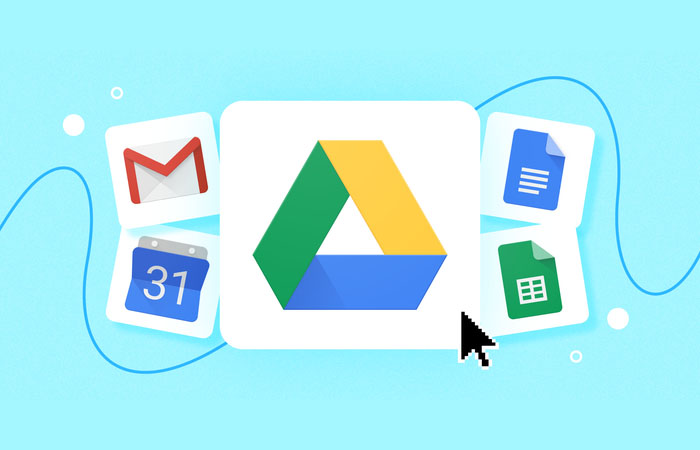
Google Drive is a cloud-based storage service that enables users to store and access files online. The service syncs stored documents, photos and more across all the user's devices, including mobile devices, tablets and PCs. Google Drive integrates with the company's other services and systems -- including Google Docs, Gmail, Android, Chrome, YouTube, Google Analytics and Google+. Google Drive competes with Microsoft OneDrive, Apple iCloud, Box, Dropbox and SugarSync.
How does Google Drive work?
To get started with Google Drive, the user must create or sign in to a Google account. Then, the user types drive.google.com into their browser. My Drive will automatically appear, which can contain uploaded or synced files and folders, as well as Google Sheets, Google Slides and Google Docs files. Then, the user can either upload files from their computer or create files in Google Drive.
Alternatively, the user can download a Google Drive application to one or more devices. A Google Drive folder will appear along with other folders in each device's file system. Files that the user adds to one folder are available through a Google Drive web app or the Google Drive folder on each device.
When a user creates a file or folder, they become its owner by default. The owner can control the level of visibility -- public or privately shared with specific Google accounts -- and transfer ownership to another user using Gmail addresses. The owner can also regulate permissions for both folders and files, using access levels such as editor, viewer and commenter.
What are Google Docs, Google Slides and Google Sheets?
Google Docs, Google Slides and Google Sheets make up Google Drive's office suite: Docs is a word processor, Slides is a presentation program, and Sheets is a spreadsheet program. Respectively, they can be compared to Microsoft Word, Microsoft PowerPoint and Microsoft Excel. Although the Google versions lack some capabilities that those Microsoft Office applications have, they are simple, collaborative and free.
Each application in the suite enables users to create and edit documents, presentations and spreadsheets that they can store in Google Drive. Users can access the apps on the web using browsers including Google Chrome, Microsoft Internet Explorer and Edge, Mozilla Firefox, and Apple Safari. There are also mobile apps for Android and iOS. Each application also enables users to save, edit and share files in Microsoft Office formats.
Google Drive desktop, web and mobile apps
Most users access Google Drive via its web app. Users without Wi-Fi access can still view and edit files via an official Chrome extension, Google Docs Offline. Another official extension for Chrome, Save to Google Drive, enables users to save content from the web to their Google Drive using their browser or through a context menu.
Previously, Google Drive had desktop apps for Windows and macOS, but support for those ended in May 2018. Then, a desktop app called Backup and Sync allowed users to sync copies of locally stored files to the cloud. Business users could also use Drive File Stream for macOS and Windows, which stored files online and prevented users from keeping sensitive corporate data on their hard drives. At the time of publication, all these features have been rolled into the comprehensive Drive for Desktop app.
Google Drive's mobile apps for iOS and Android allow users to store, share and view files. To create and edit files, however, users must use the separate Google Docs, Sheets and Slides apps.
